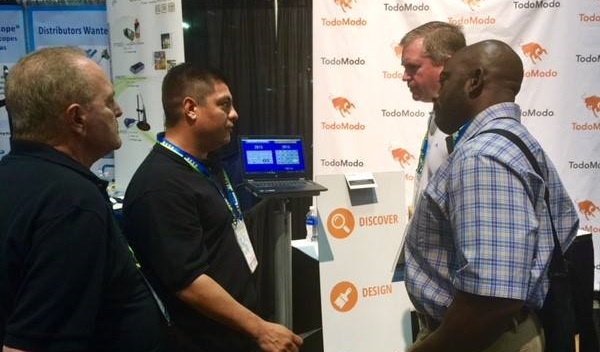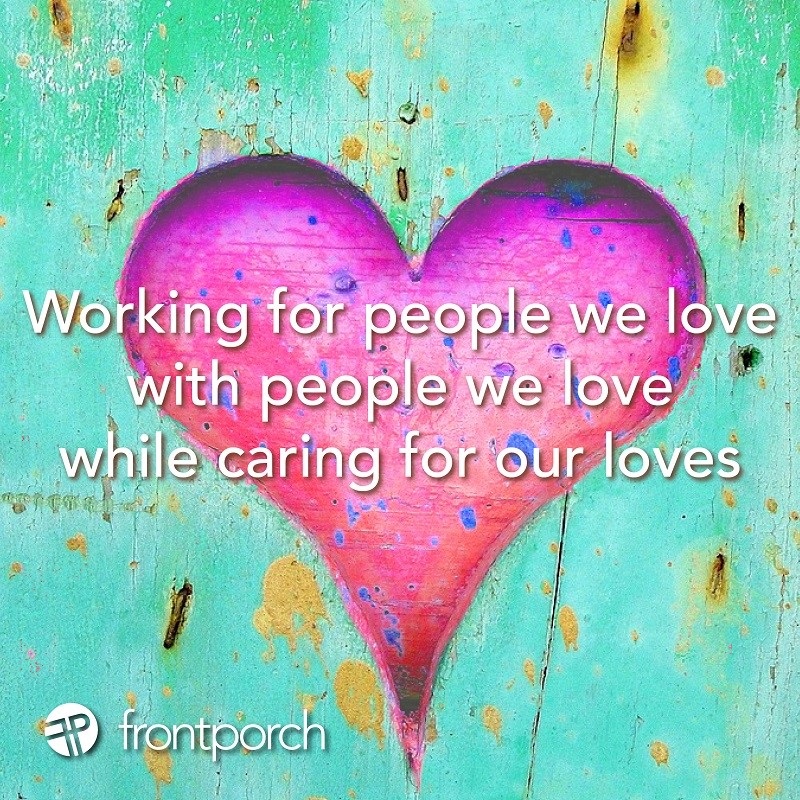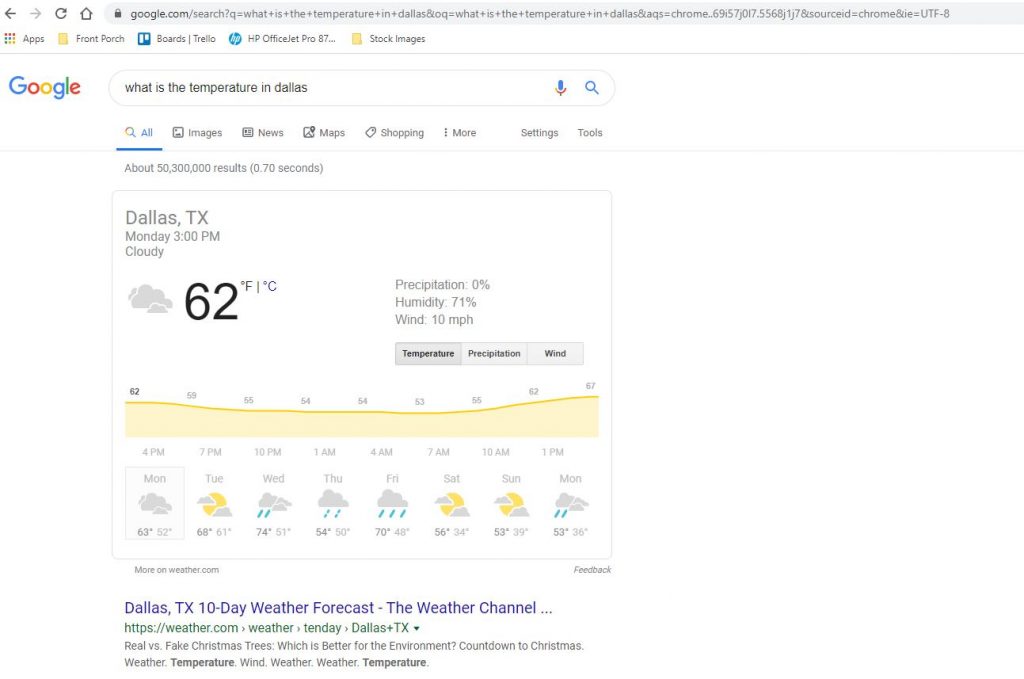Communicating with your target audience is always important. Using the right tone to do so is paramount, particularly in the current climate.

There are several examples we can use from the last few months. Similarly, some have already popped in your head.
Here are three tips to avoid the wrong tone in communications:
• Stay connected. Social media and email communications play a crucial role in our interactions with clients, consumers and co-workers. Engage with each of them consistently across platforms.
• Build relationships. Don’t focus only on sales. Work to build relationships by sharing content meaningful to your audience, not simply advertising your products and services.
• Strike the right chord. It is important to acknowledge, in a genuine manner, the challenges facing the world. Changing your email greeting or signature is one simple solution. However, don’t simply throw an email together full of overused phrases such as “in these uncertain times” or “our new normal.” Use rhetoric and language relevant to your audience, but do not pander.
Clients have asked us if they should communicate about certain issues. We are always happy to provide our feedback. If you have worked with us before, you know we have opinions. We are not afraid to share them either.
But, above all, we want what is best for our clients personally and professionally and what is best for their businesses or organizations.
If you are going to participate in a conversation about sensitive issues, here are three additional tips:
• Choose wisely. If you are going to engage regarding sensitive subjects, make sure you add value to the conversation.
• Explain your position clearly and succinctly.
• Commit to specific actions. Share those commitments with your audience and be accountable to them.
How you communicate is as important as what you communicate. The tone is equally as important. Do not be tone-deaf.
In conclusion, no matter the topic, always be genuine. As a result, say what you mean and mean what you say.











